Cost Savings Tips for Car Maintenance
Worried about the price tag on tyre changes, brake jobs, or clutch repairs? You’re not alone. Most drivers think keeping a car in top shape means spending a fortune, but that’s a myth. With a few smart habits you can stretch every pound and still drive safely.
Plan Ahead and Bundle Services
One of the easiest ways to save is to book multiple services at once. If you need new tyres, ask the shop about a tyre‑and‑wheel‑alignment package. Alignments cost less when they’re done together with a tyre fit because the technician only needs to set up the car once. The same logic works for brake pad replacements: replace front and rear pads in the same visit. You avoid extra labour charges and get a fresh set of pads that wear evenly.
Choose the Right Parts for Your Budget
Don’t automatically reach for the premium brand. For many parts—air filters, fuel pumps, or even spark plugs—OEM (original equipment manufacturer) and reputable aftermarket options perform similarly. A premium air filter might promise a tiny spark in fuel efficiency, but the gain is often outweighed by the price. Look for products with good reviews and a solid warranty. If you’re unsure, ask the mechanic to compare the cost‑to‑benefit ratio.
When it comes to clutches, the cost can jump quickly. A clutch replacement can run into the hundreds, especially if you choose a high‑performance kit. If your clutch is slipping but not burnt out, a proper inspection might reveal that a simple adjustment or a cheaper entry‑level kit will do the job. Catching the problem early saves you from a full‑blown rebuild later.
Suspension damage is another hidden expense. Driving on a bent suspension or bad shocks not only hurts handling but can cause more expensive tyre wear and brake wear. Spot the signs—uneven tyre wear, a pulling feeling, or clunking noises—early. A quick fix, like replacing a worn shock absorber, often costs a fraction of a full suspension overhaul.
Windshield wipers and rear wiper removal might seem trivial, but they affect your MOT and insurance. If you’re thinking of removing a rear wiper to save a few bucks, remember the UK law requires it on certain vehicles. The cheap route can cost you a failed MOT and higher insurance premiums.
Maintain Regularly to Avoid Big Bills
Regular checks are free or low‑cost but catch problems before they turn pricey. Change your oil and filter every 5‑7,500 miles, top up brake fluid annually, and keep an eye on tyre pressure. Correct pressure improves fuel economy and extends tyre life, giving you direct savings each month.
Don’t forget the simple habit of cleaning and inspecting your air filter. A clogged filter forces the engine to work harder, sipping more fuel. Replacing a standard filter costs a few pounds, yet it can improve mileage enough to pay for itself in weeks.
Finally, keep records. Write down dates, mileage, and costs for each service. When a shop asks for “service history,” you’ll have proof of regular maintenance, which can lower the price of future repairs and give you leverage to negotiate.
Saving money on car care isn’t about cutting corners; it’s about smart choices, early detection, and bundling work wisely. Follow these tips, and you’ll keep your car happy and your wallet fuller.
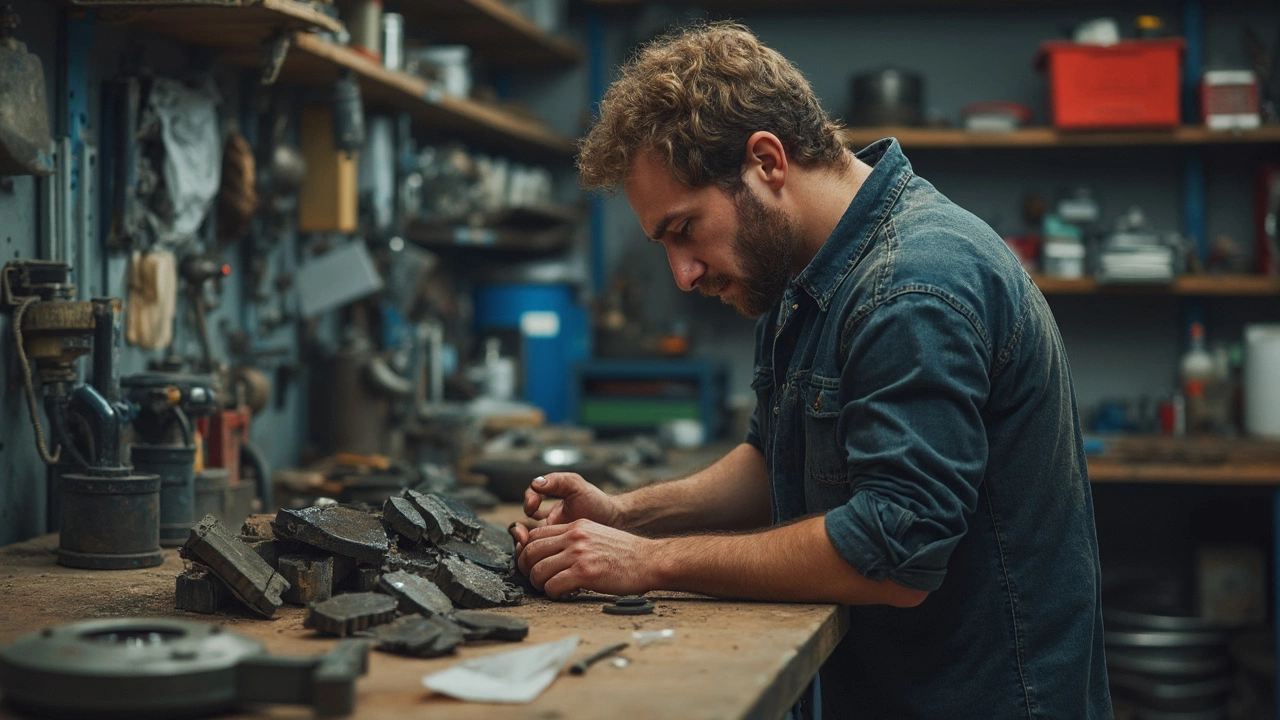 28 February 2025
28 February 2025
Is It Cheaper to Buy Brake Pads Yourself?
Exploring whether you can save money by purchasing brake pads yourself, this article examines the pros and cons of a DIY approach compared to professional installation. It delves into practical tips and potential pitfalls of sourcing your parts, highlighting factors such as quality, price variations, and personal expertise. Discover how buying your own brake pads might impact your safety, budget, and time. It offers insights into common mistakes and crucial considerations before deciding on your brake pad strategy.
Latest Posts
-
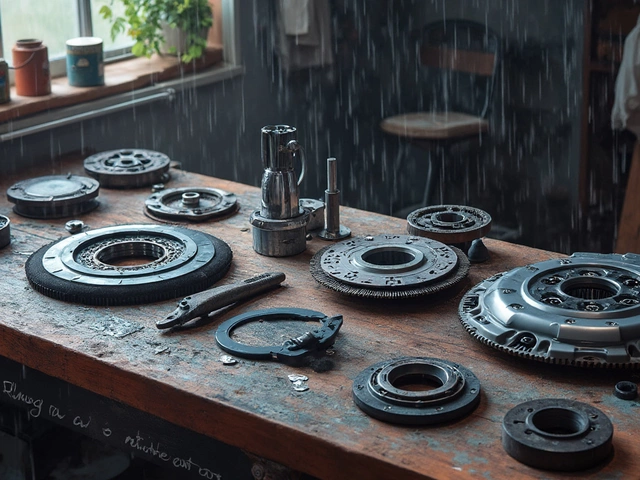
Clutch Kit: What’s Actually Inside and Why Each Part Matters
-
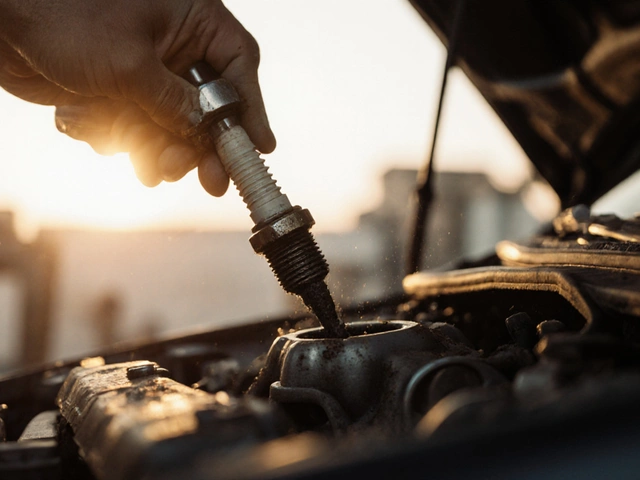
What Are the Symptoms of Bad Spark Plugs? Signs Your Engine Needs New Spark Plugs
-
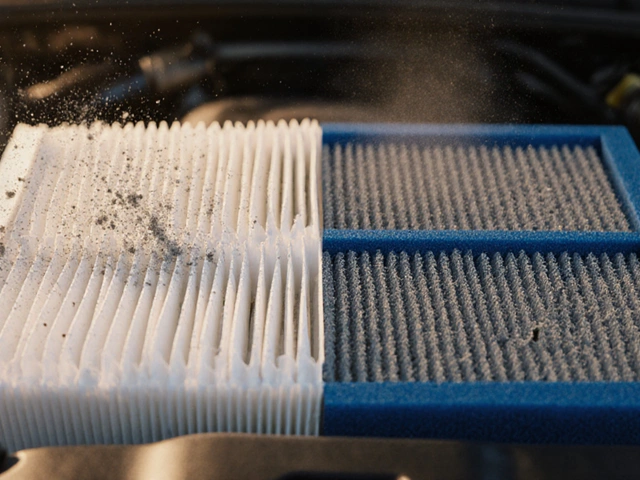
Paper vs Washable Air Filters: Which Is Better?
-
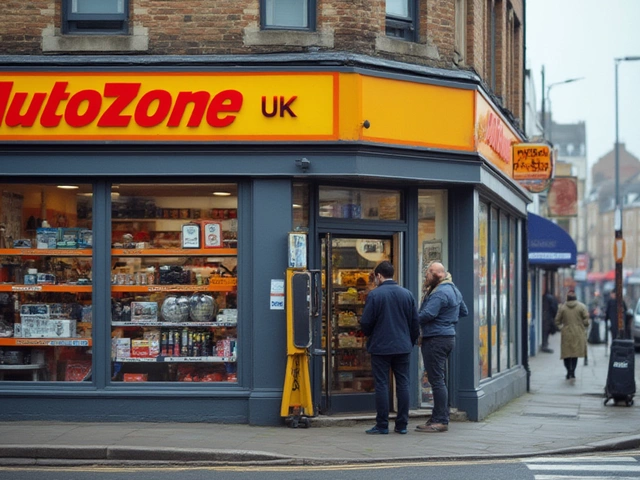
Should You Tip at AutoZone? Etiquette, Facts & Real Tips Explained
-

Do New Spark Plugs Really Boost Engine Performance?

0